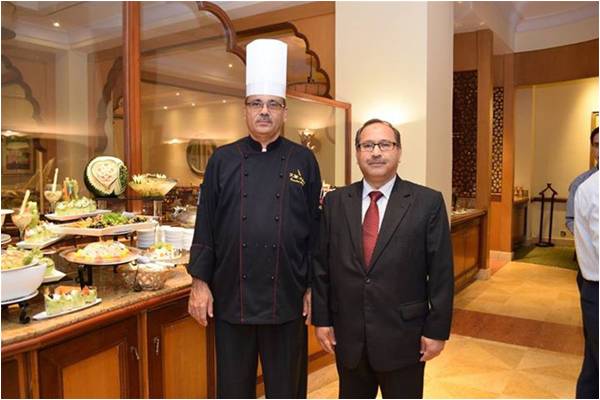
We are crazy about Italian food, but do we really know what goes into making authentic Italian food? Lahore is filled with restaurants offering their rendition of Italian food, but very few offer anything close to the real thing.
There are too many botched up versions of Italian food in Lahore. Our palettes, just like our brains, have been washed with too many Lasagnes and Fettuccine Alfredos, and those too with chicken. And let’s not forget our beloved Caesar Salad.
My quest to find true Italian cuisine led me to a chat with the Executive Chef Fakhir M. Khan at The Avari Lahore, who has crafted the delicate menu at the recently concluded week-long Italian Food Festival at the hotel.
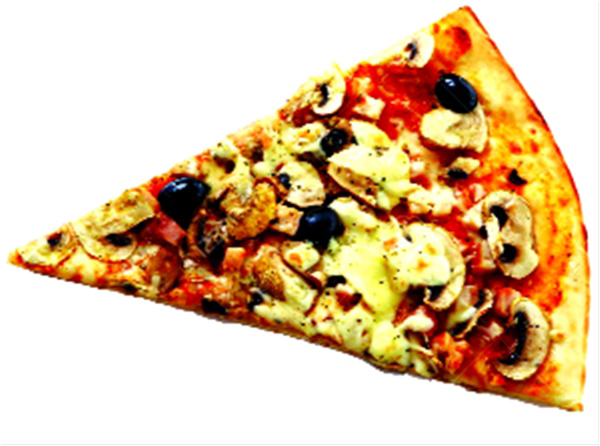
“Italian cooking is all about simplicity,” Chef Fakhir said and I couldn’t agree more. He had created a pasta dish for me to hone in his point. As I dug into a plate of Penne with Gambery, I was struck with its clean, unadorned flavours. It was perfectly cooked penne sautéed in a little bit of olive oil and garlic with just the right amount of shrimps.
Obviously Chef Fakhir knew what he was cooking, and his extensive training in Italian cooking is proof of the magic that lies in his hands. He trained as a chef in Canada following simple Italian home cooked recipes which had been passed down for generations. He has served as Executive Chef of The Italian Convention Center and as the Executive Sous Chef at Sheraton Center in Toronto.
That’s an impressive resume, but as they say the proof of the pudding is in the eating, and what I ate was delicious!
I was pleasantly surprised by the absence of typical pasta fare that is championed at local restaurants. The menu included an antipasto bar with a variety of salads. Antipasto literally means ‘before pasta’ so it’s always served before the first course which often consists of rice, gnocchi and pasta, which by the way are never served as a side dish.
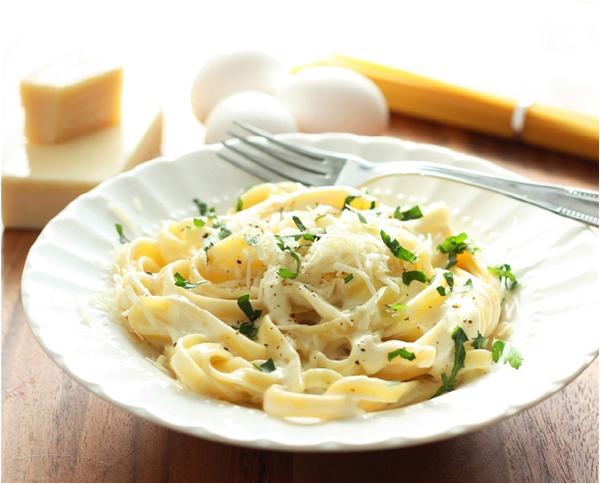
Staying true to traditional Italian menu, the ‘Secondo piatto’ or second course had fish and meat dishes. It’s very rare to find meat or fish in Italian main course dishes in restaurants in Lahore. You’ll find popular dishes likes Spagetti Bolognese, Fettucine Alfredo and Lasagne but not Abbachio Alla Romana (Roman Spring Lamb), Gallina Campagnola (Rustic Chicken) and Fritto Misto (Fried Seafood) like the ones Chef Fakhir had created at The Avari. As I learnt, it’s very common to be served meat and fish as a second course in Italy; we, of course, are used to pasta dishes, and if meat is a part of the dish, it often complements the pasta. It’s rarely ever served on its own so it was surprising to see it make a solo entry.
I had obviously found quite a few jarring discrepancies on what was passed as Italian food, but what about my beloved Spaghetti Bolognese? In authentic Italian cuisine the meaty sauce is often paired with Tagliatelle or flat shaped pastas and not spaghetti. And as we all know, pairing the right kind of pasta with the right sauce is all too important to Italian cuisine.
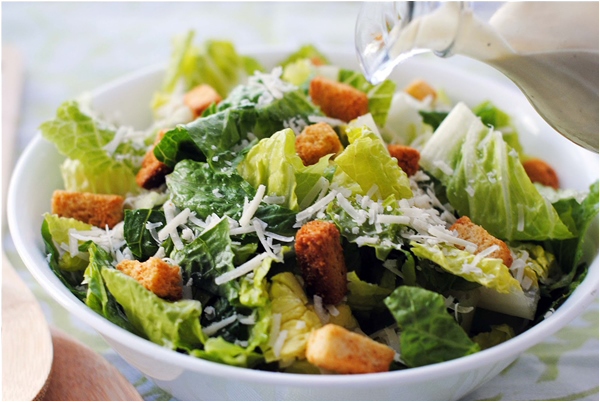
The roots of Fettucine Alfredo are more American than Italian but it pops up regularly on every Italian menu in town. The butter and Parmigiano Reggiano noodles were invented in Rome, but the dish itself is not traditionally Italian. There is even a new restaurant called the ‘Alfredo Grill’ which remarkably enough is not Italian.
The Lahori love affair with all things chicken is quite apparent. Chicken is never added to pasta in Italy. Not only do we add chicken to our pasta, but to our Caesar Salad as well, which incidentally is not too Italian.
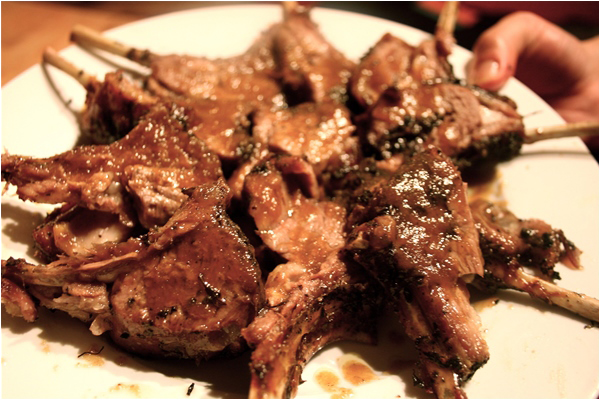
Pizza is yet another misunderstood Italian food. What we love to eat is the cheesy thick-crusted Chicago style pizza or the thin, but more traditional New York version. Both are American and we have been eating them for years. Pizzerias in Italy wouldn’t be caught dead using the processed shredded mozzarella used on most pizzas. For them, it must only be fresh mozzarella di buffalo. There can be toppings galore, even one with a cracked egg sunny-side up, but never chicken.
Years ago when I was in Rome, I was blown away by the simple, rustic taste at a local pizzeria. It offered only one kind of pizza, just topped with mushrooms. After eating it I realised that there weren’t types of Italian pizza; there was the rest of the pizza world and then there was what I had eaten in that humble pizzeria. But, in all fairness, pizzas have evolved in Lahore. Gone are the days of oily cheesy pizzas filled with chicken tikkas; Lahoris are embracing the newer kind topped with fresh mozzarella, basil, artichokes and many other non-chicken toppings. A few restaurants even have brick ovens.
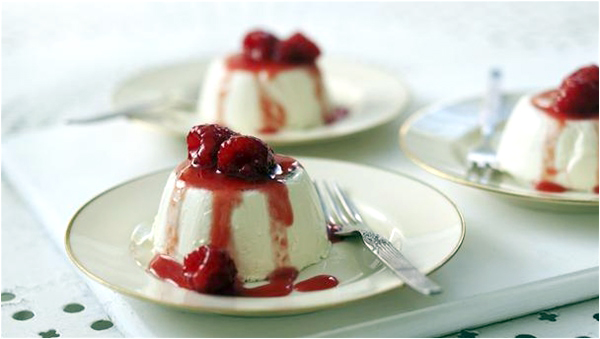
Desserts, oddly enough, are what we have gotten right and the Italians should be mighty proud. Panna Cotta and Tiramisu feature prominently in most dessert menus in Lahore. I found them both on the menu at the Italian Food Festival at The Avari as well. Biscotti is another usual suspect served with Cappuccino at most city cafes and restaurants. Strangely enough, the whole world including us has got Cappuccino all wrong. We drink it after a meal and but in Italy, it’s sipped between meals and specifically breakfast. No God fearing Italian would drink it after 11 am!
As American celebrity chef Paul Prudhomme once said: “You don’t need a silver fork to eat good food.” Lahori palettes are evolving, and food festivals like the one in The Avari are proof that our palettes are ready for cleaner and newer flavours.
There are too many botched up versions of Italian food in Lahore. Our palettes, just like our brains, have been washed with too many Lasagnes and Fettuccine Alfredos, and those too with chicken. And let’s not forget our beloved Caesar Salad.
My quest to find true Italian cuisine led me to a chat with the Executive Chef Fakhir M. Khan at The Avari Lahore, who has crafted the delicate menu at the recently concluded week-long Italian Food Festival at the hotel.

"Italian cooking is all about simplicity"
“Italian cooking is all about simplicity,” Chef Fakhir said and I couldn’t agree more. He had created a pasta dish for me to hone in his point. As I dug into a plate of Penne with Gambery, I was struck with its clean, unadorned flavours. It was perfectly cooked penne sautéed in a little bit of olive oil and garlic with just the right amount of shrimps.
Obviously Chef Fakhir knew what he was cooking, and his extensive training in Italian cooking is proof of the magic that lies in his hands. He trained as a chef in Canada following simple Italian home cooked recipes which had been passed down for generations. He has served as Executive Chef of The Italian Convention Center and as the Executive Sous Chef at Sheraton Center in Toronto.
That’s an impressive resume, but as they say the proof of the pudding is in the eating, and what I ate was delicious!
I was pleasantly surprised by the absence of typical pasta fare that is championed at local restaurants. The menu included an antipasto bar with a variety of salads. Antipasto literally means ‘before pasta’ so it’s always served before the first course which often consists of rice, gnocchi and pasta, which by the way are never served as a side dish.

Staying true to traditional Italian menu, the ‘Secondo piatto’ or second course had fish and meat dishes. It’s very rare to find meat or fish in Italian main course dishes in restaurants in Lahore. You’ll find popular dishes likes Spagetti Bolognese, Fettucine Alfredo and Lasagne but not Abbachio Alla Romana (Roman Spring Lamb), Gallina Campagnola (Rustic Chicken) and Fritto Misto (Fried Seafood) like the ones Chef Fakhir had created at The Avari. As I learnt, it’s very common to be served meat and fish as a second course in Italy; we, of course, are used to pasta dishes, and if meat is a part of the dish, it often complements the pasta. It’s rarely ever served on its own so it was surprising to see it make a solo entry.
I had obviously found quite a few jarring discrepancies on what was passed as Italian food, but what about my beloved Spaghetti Bolognese? In authentic Italian cuisine the meaty sauce is often paired with Tagliatelle or flat shaped pastas and not spaghetti. And as we all know, pairing the right kind of pasta with the right sauce is all too important to Italian cuisine.

The roots of Fettucine Alfredo are more American than Italian
The roots of Fettucine Alfredo are more American than Italian but it pops up regularly on every Italian menu in town. The butter and Parmigiano Reggiano noodles were invented in Rome, but the dish itself is not traditionally Italian. There is even a new restaurant called the ‘Alfredo Grill’ which remarkably enough is not Italian.
The Lahori love affair with all things chicken is quite apparent. Chicken is never added to pasta in Italy. Not only do we add chicken to our pasta, but to our Caesar Salad as well, which incidentally is not too Italian.

Pizza is yet another misunderstood Italian food. What we love to eat is the cheesy thick-crusted Chicago style pizza or the thin, but more traditional New York version. Both are American and we have been eating them for years. Pizzerias in Italy wouldn’t be caught dead using the processed shredded mozzarella used on most pizzas. For them, it must only be fresh mozzarella di buffalo. There can be toppings galore, even one with a cracked egg sunny-side up, but never chicken.
Years ago when I was in Rome, I was blown away by the simple, rustic taste at a local pizzeria. It offered only one kind of pizza, just topped with mushrooms. After eating it I realised that there weren’t types of Italian pizza; there was the rest of the pizza world and then there was what I had eaten in that humble pizzeria. But, in all fairness, pizzas have evolved in Lahore. Gone are the days of oily cheesy pizzas filled with chicken tikkas; Lahoris are embracing the newer kind topped with fresh mozzarella, basil, artichokes and many other non-chicken toppings. A few restaurants even have brick ovens.

Desserts, oddly enough, are what we have gotten right and the Italians should be mighty proud. Panna Cotta and Tiramisu feature prominently in most dessert menus in Lahore. I found them both on the menu at the Italian Food Festival at The Avari as well. Biscotti is another usual suspect served with Cappuccino at most city cafes and restaurants. Strangely enough, the whole world including us has got Cappuccino all wrong. We drink it after a meal and but in Italy, it’s sipped between meals and specifically breakfast. No God fearing Italian would drink it after 11 am!
As American celebrity chef Paul Prudhomme once said: “You don’t need a silver fork to eat good food.” Lahori palettes are evolving, and food festivals like the one in The Avari are proof that our palettes are ready for cleaner and newer flavours.

